
- 1 - Why Are School Dances Beneficial for Low-Income Students
- 2 - Emotional and Social Impact
- 3 - Real-Life Examples and Community Stories
- 4 - Challenges and How to Overcome Them
- 5 - How American Dance Academy Can Help
1. Why Are School Dances Beneficial for Low-Income Students
When discussing are school dances for low income students beneficial, it’s important to recognize that these events are not simply social gatherings—they serve as equalizers. For many students from low-income families, attending a school dance offers a chance to experience a rite of passage without financial barriers. These dances provide an affordable or even free platform for young people to build confidence, connect with peers, and enjoy milestones similar to their more affluent classmates.
2. Emotional and Social Impact
School dances have an emotional impact that extends beyond the event itself. For low-income students, opportunities to participate in inclusive activities reduce feelings of isolation. Psychologists note that shared cultural experiences, such as prom or homecoming, strengthen students’ sense of belonging. Feeling included boosts self-esteem and reduces the stigma often associated with financial hardship.
On a deeper level, these dances offer social skill-building. Students learn how to interact in semi-formal settings, how to communicate respectfully, and how to engage in teamwork when helping organize the event. This makes the school dance more than just a party—it becomes a workshop for future adult interactions.
3. Real-Life Examples and Community Stories
Across the U.S., many schools have reported heartwarming outcomes after organizing low-cost dances. For example, a Texas high school partnered with local businesses to provide dresses and suits at no cost. Students who thought they would never attend prom not only enjoyed the evening but also carried that joy into improved school attendance and performance the following weeks.
Similarly, in New York, a non-profit organized a "community prom" where tickets were priced at just $5. Parents noted their children felt “equal” to wealthier classmates, while students themselves described the night as “life-changing.” These stories highlight how school dances can transform perceptions and create lasting memories regardless of income.
4. Challenges and How to Overcome Them
Of course, not every community can easily host accessible school dances. Financial constraints, lack of sponsorship, or logistical barriers can limit opportunities. However, schools can overcome these challenges through partnerships with local businesses, alumni, and community organizations. For example, hosting dress or suit donation drives, or securing local DJs willing to volunteer, can cut costs dramatically.
Another effective strategy is to involve students directly in fundraising. When students take part in organizing raffles, bake sales, or community events, they gain leadership experience and feel ownership of their celebration. This involvement not only reduces costs but enhances the sense of pride in attending the event.
5. How American Dance Academy Can Help
At American Dance Academy, we believe every student deserves the chance to enjoy the magic of dance, regardless of financial background. Our programs and services can guide schools and communities in planning inclusive dance events that balance affordability with unforgettable experiences. Whether through professional event advice, affordable dance lessons, or resources for creating engaging themes, we are committed to helping schools build meaningful traditions for all students.
By collaborating with supportive organizations, schools can ensure that low-income students not only participate but thrive in these cultural milestones. This creates equity, builds confidence, and allows every child to walk away with cherished memories.
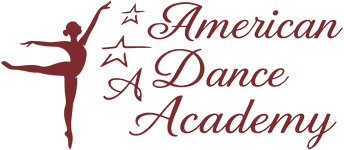

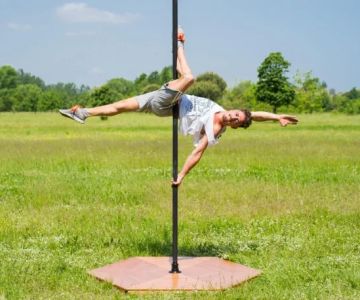
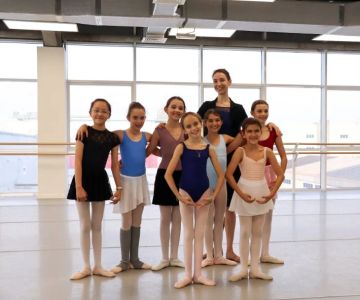
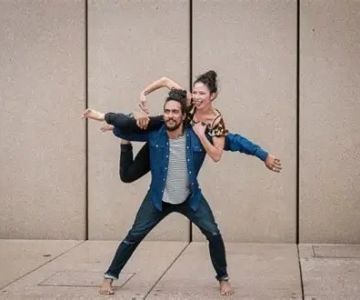

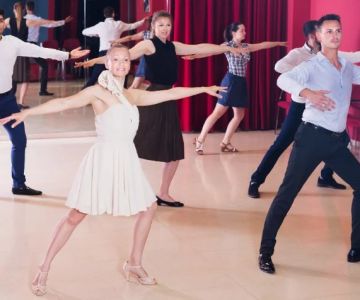
 Barrington Dance Academy5.0 (22 reviews)
Barrington Dance Academy5.0 (22 reviews) Canyon Concert Ballet4.0 (17 reviews)
Canyon Concert Ballet4.0 (17 reviews) Big City Dance Center LLC4.0 (25 reviews)
Big City Dance Center LLC4.0 (25 reviews) Tye Chua Dance & Kalamazoo Ballet5.0 (18 reviews)
Tye Chua Dance & Kalamazoo Ballet5.0 (18 reviews) Fenton Ballet Theatre4.0 (24 reviews)
Fenton Ballet Theatre4.0 (24 reviews) Front Street Dance Center5.0 (7 reviews)
Front Street Dance Center5.0 (7 reviews) Are There Dances in Middle School? What Students and Parents Should Know
Are There Dances in Middle School? What Students and Parents Should Know How a Dance School in Instagram Builds Community and Success
How a Dance School in Instagram Builds Community and Success Why Do Schools Teach Square Dancing?
Why Do Schools Teach Square Dancing?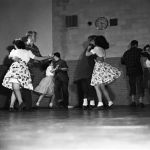 Why Was Square Dancing Taught in School?
Why Was Square Dancing Taught in School? Why Swing Dance Is Popular for Adults
Why Swing Dance Is Popular for Adults A School Dance: How to Prepare, Shine, and Make It Unforgettable
A School Dance: How to Prepare, Shine, and Make It Unforgettable